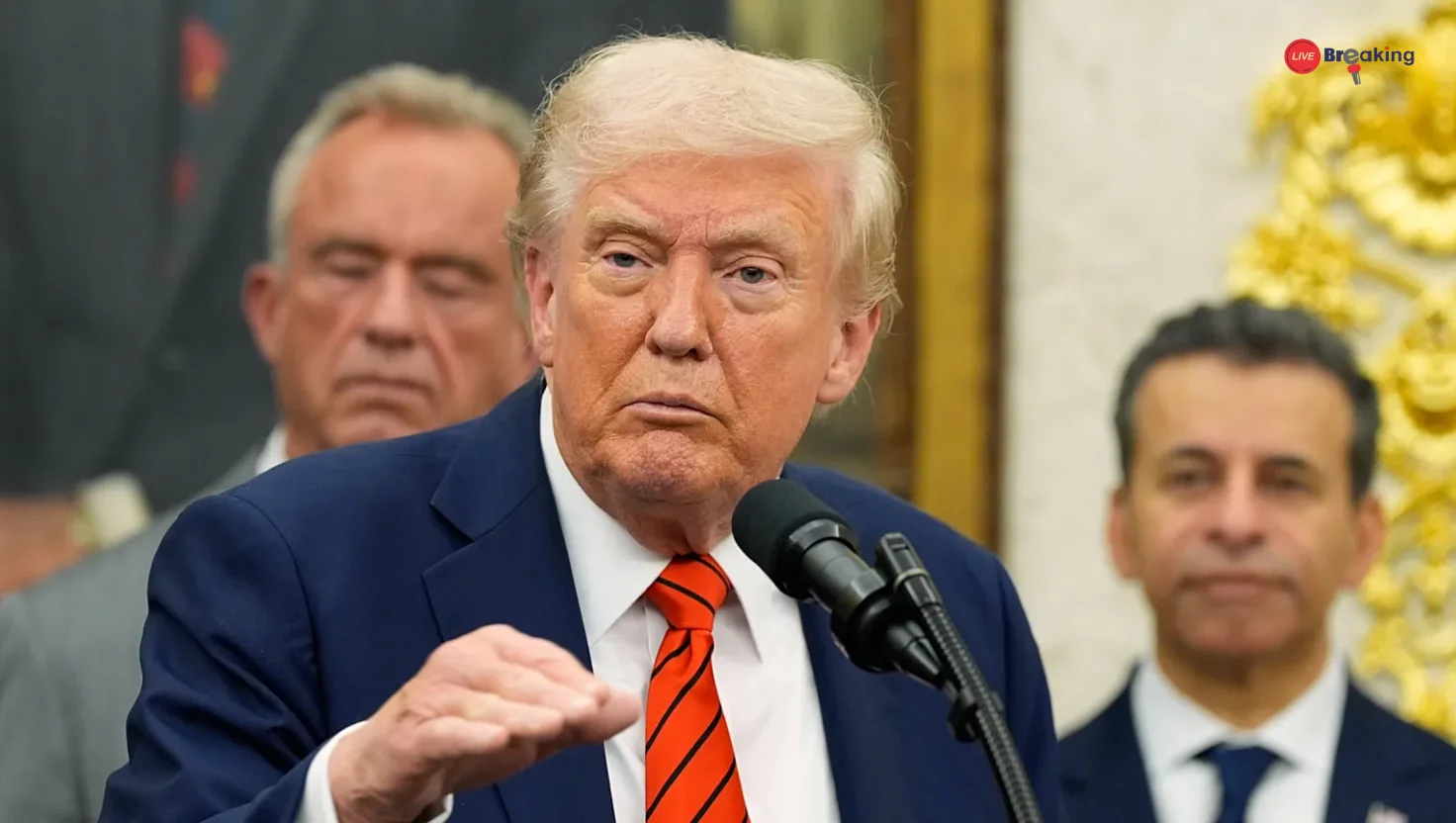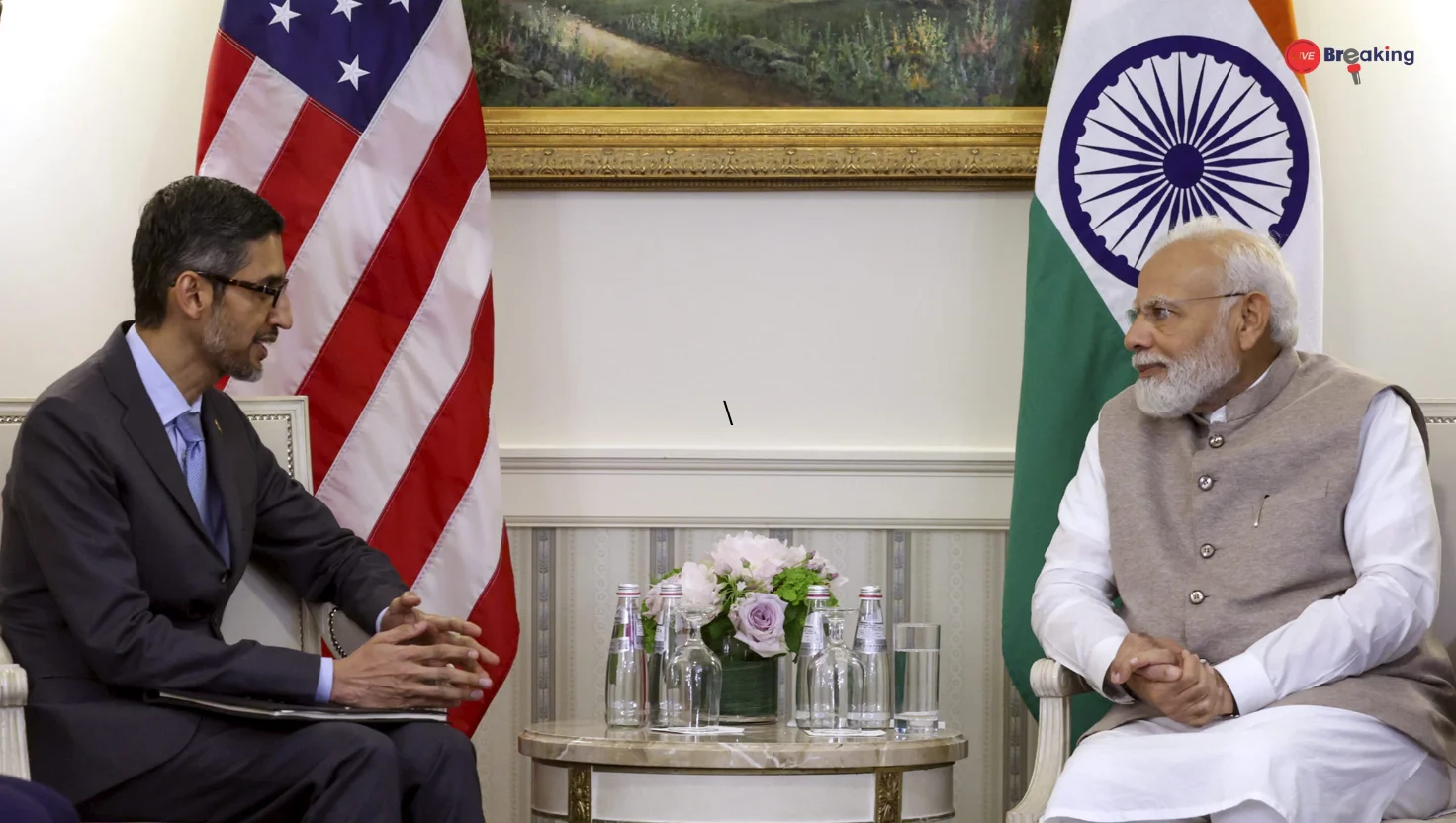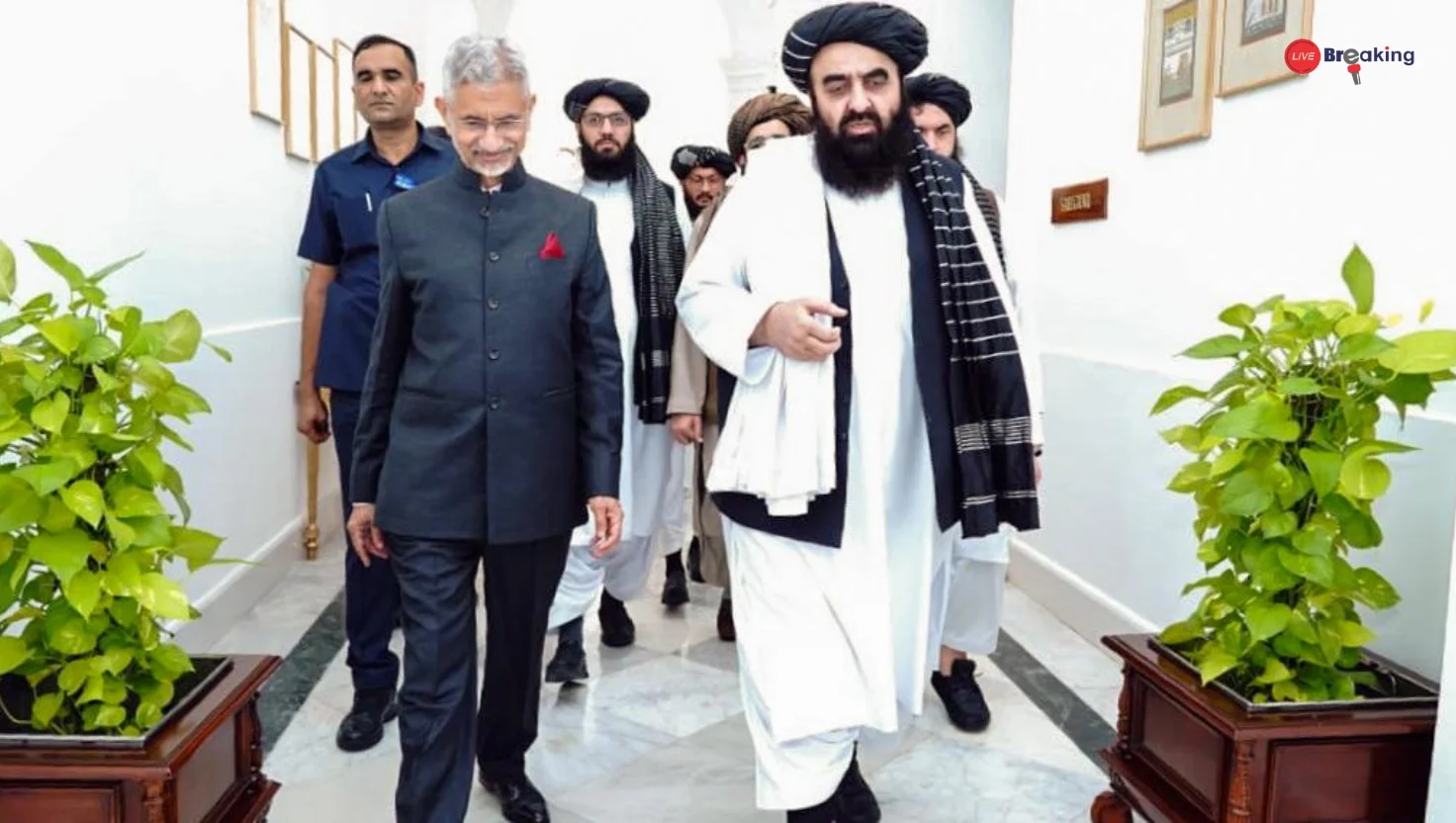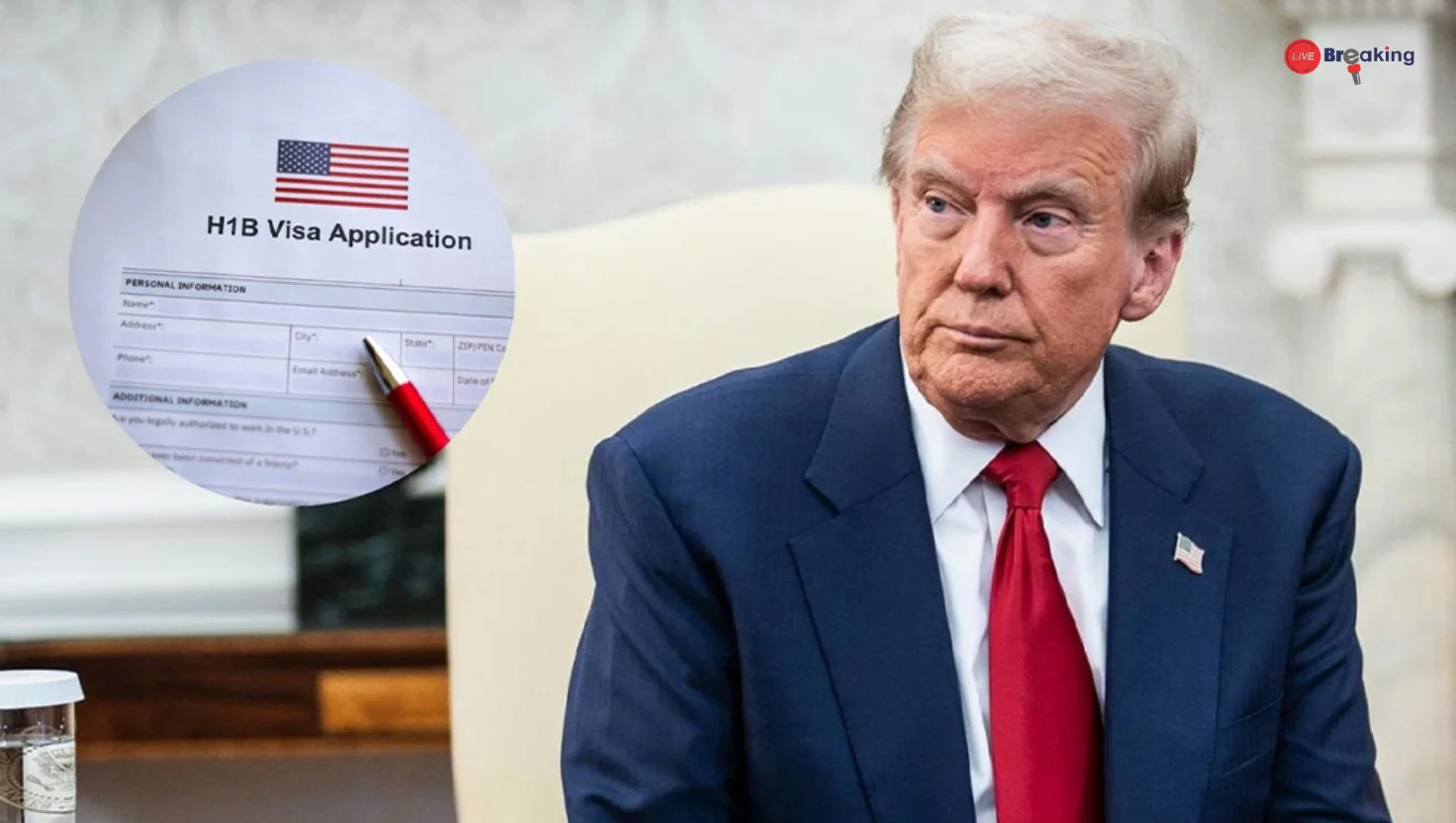Why Trump Suddenly Slapped Additional 100% Tariff On China
Former U.S. President Donald Trump has once again turned global attention toward the U.S.–China trade battle. His decision to impose an additional 100% tariff on Chinese goods has reignited fears of a renewed economic confrontation between the world’s two largest economies. While the move appeared abrupt, analysts say it is part of a larger political and strategic calculation—one that blends economic protectionism, domestic politics, and geopolitical messaging.
A Sudden Yet Predictable Move
At first glance, Trump’s announcement seemed sudden, coming amid ongoing efforts by global leaders to stabilize trade relations. However, those familiar with his long-standing stance toward China view this as a continuation of his economic nationalism. Throughout his political career, Trump has accused China of unfair trade practices, currency manipulation, and intellectual property theft.
The new tariffs—doubling the existing rates to 100% on key categories of Chinese imports—target sectors like electric vehicles, steel, solar panels, and semiconductors. The move aligns with his “America First” economic vision, designed to reduce dependency on Chinese manufacturing while boosting domestic production.
Economic Protectionism and Domestic Politics
The tariff hike is not just about economics; it is deeply intertwined with U.S. domestic politics. As the 2025 election cycle intensifies, Trump’s campaign has leaned heavily on themes of economic nationalism and job creation. Imposing new tariffs offers a powerful symbolic message—one that appeals to working-class voters in industrial states who believe globalization has hollowed out American factories.
Trump has repeatedly argued that tariffs are necessary to protect American workers from what he calls “unfair competition.” By making Chinese goods more expensive, he aims to incentivize local manufacturing and reduce the trade deficit. While economists remain divided over the long-term impact, the short-term political benefits are clear: it reinforces his image as a tough negotiator who prioritizes American interests over international diplomacy.
The China Factor: Beyond Trade
Beyond economics, the tariffs reflect broader strategic tensions between Washington and Beijing. The two nations are locked in competition across multiple domains—technology, defense, and global influence. Trump’s administration has often used tariffs as a tool of leverage, aiming to curb China’s technological rise and restrict its access to sensitive U.S. industries.
By imposing these additional tariffs, Trump sends a message not only to Beijing but also to global allies and rivals: the U.S. will not tolerate what it perceives as economic coercion or industrial dominance by China. The tariffs could also serve as a pressure tactic to force China into new trade negotiations under terms more favorable to Washington.
Economic Fallout and Global Ripples
While Trump’s supporters view tariffs as a protective measure, critics warn that such aggressive trade policies could backfire. Higher tariffs often lead to increased prices for consumers and retaliatory measures from the affected country. China, which has been measured in its recent responses, could impose counter-tariffs on American exports or restrict the supply of critical components like rare earth minerals.
Read more: India Warns Pakistan: Avoid Aggression Over Sir Creek Dispute
Global markets have already shown signs of nervousness. Supply chains—still recovering from pandemic disruptions—may face renewed bottlenecks. Economists caution that a prolonged tariff war could weaken both economies and strain global growth.
Strategic Timing and Negotiating Leverage
Timing is everything in politics, and Trump’s move comes when China’s economy is facing challenges, including sluggish growth and declining exports. By announcing the tariffs now, Trump appears to be exploiting Beijing’s vulnerabilities. The message is clear: the U.S. is ready to apply economic pressure to gain negotiating leverage.
Moreover, the move also allows Trump to draw a sharp contrast with his political opponents, portraying himself as a leader willing to take bold, unilateral action. In his rhetoric, tariffs are not just an economic tool—they are a symbol of sovereignty and strength.
The Road Ahead
Whether these new tariffs will achieve their intended outcomes remains uncertain. They could strengthen U.S. industries in the short term, but the risk of retaliation and global instability looms large. For now, Trump has reignited a debate that defined much of his first term: is protectionism the path to prosperity, or a threat to economic stability?
Read more: “Lalu Dhritarashtra In Son’s Love”: Bihar Deputy CM Mahabharata Analogy Targets Lalu
One thing is clear—the 100% tariff announcement signals that the trade war narrative is far from over. As Washington and Beijing recalibrate their strategies, the world watches closely, aware that the consequences of this renewed confrontation will extend far beyond their borders.
In essence, Trump’s tariff surge is more than an economic decision—it’s a calculated political statement. It speaks to his enduring belief that American strength lies in economic self-reliance, and that bold confrontation, rather than cautious diplomacy, remains his preferred route to power.













